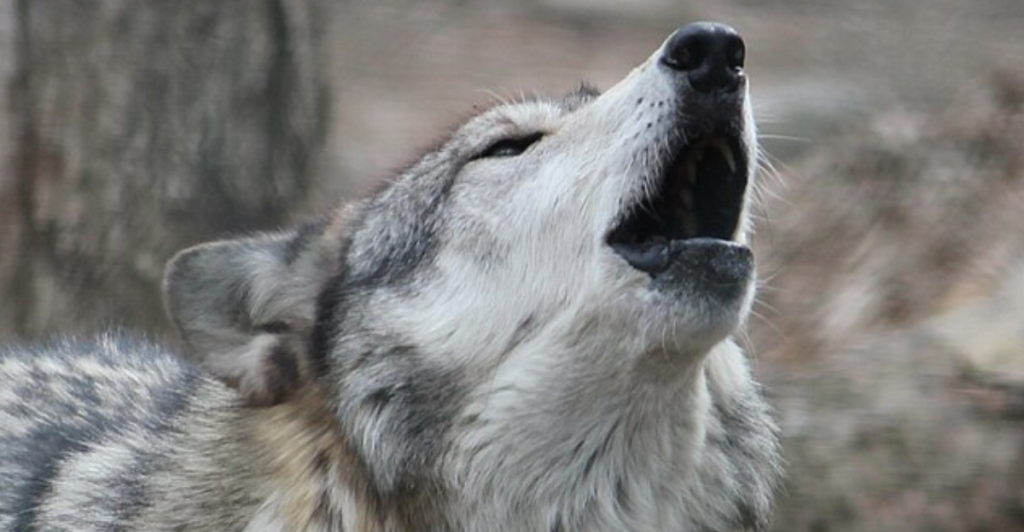
The wolf, a creature both revered and reviled, has long been an emblem of the untamed wilderness and a lightning rod for debate in American policymaking. From ecological restoration efforts to clashes over land use, the wolf has influenced decisions that ripple through history. Here are six instances where wolves left an indelible mark on American policy.
The Yellowstone Reintroduction: A Turning Point for Conservation
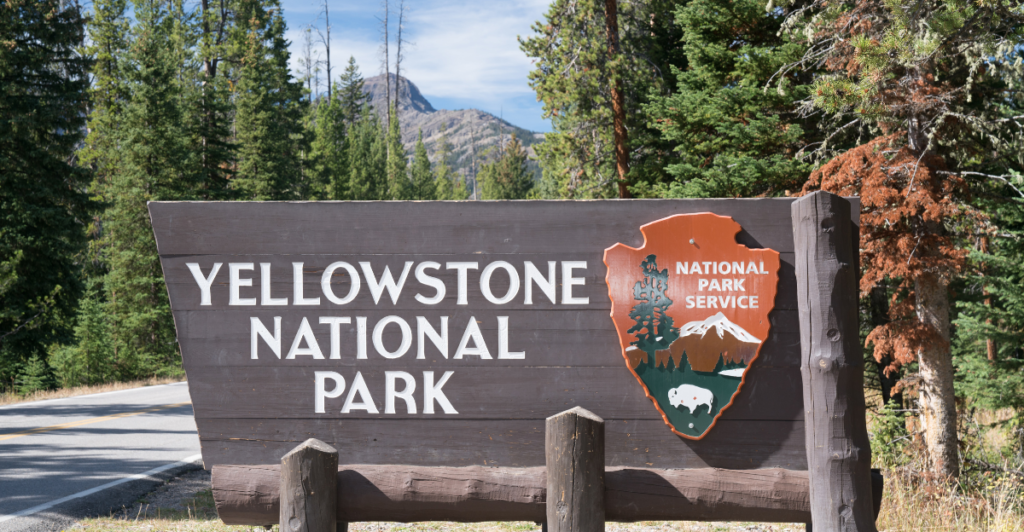
In 1995, 31 gray wolves were reintroduced to Yellowstone National Park, sparking debates that would shape wildlife policy for decades. This landmark project highlighted the ecological role of apex predators and catalyzed the establishment of similar programs across the U.S. While proponents celebrated the revival of natural ecosystems, ranchers voiced concerns about livestock predation. Federal compensation programs emerged as a compromise, balancing conservation with agricultural interests.
The War on Wolves: 20th-Century Eradication Efforts
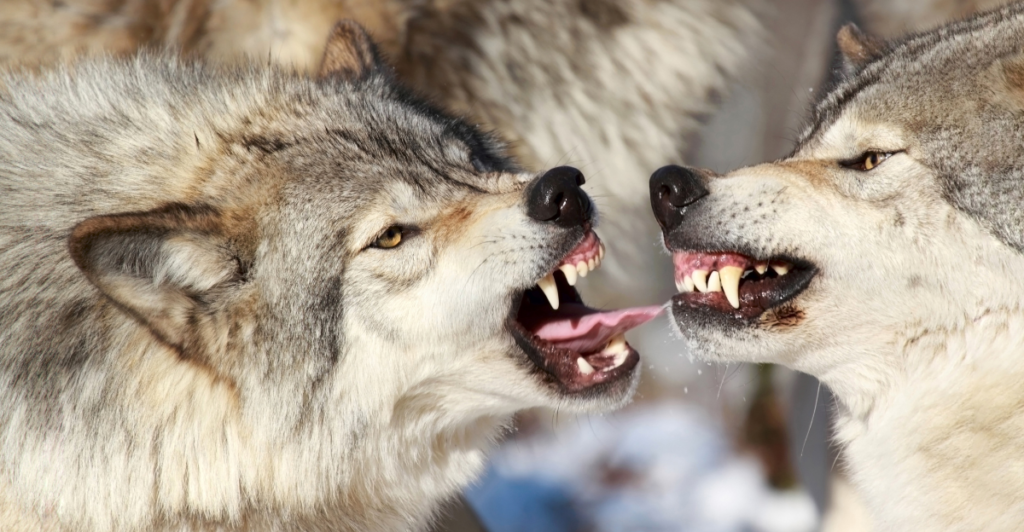
By the early 1900s, wolves had become a target of federal extermination campaigns, deemed threats to livestock and human safety. The passage of the Animal Damage Control Act in 1931 codified these efforts, providing funds for predator control. However, this policy left a gaping ecological void, leading to overpopulation of prey species and degraded landscapes. The eradication campaign set a precedent for wildlife management debates that continue today.
The Endangered Species Act: A Path to Protection
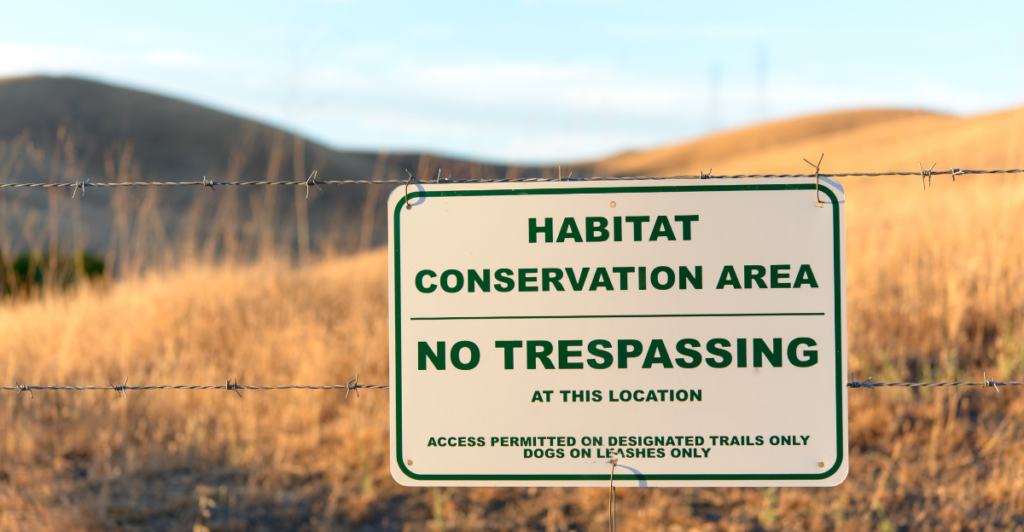
The 1973 Endangered Species Act (ESA) became a lifeline for gray wolves, whose populations had dwindled to near extinction in the contiguous United States. Wolves were among the first species listed, triggering a new era of legal battles. While the ESA provided critical protections, it also ignited fierce opposition from some rural communities who felt their livelihoods were threatened. This tension underscored the ongoing struggle between federal conservation goals and local autonomy.
The Wolf Wars of the Midwest

As wolves began to recover under ESA protections, states like Wisconsin and Minnesota became battlegrounds for wolf management policies. In the early 2000s, delisting wolves from the ESA sparked fierce debate, with hunting enthusiasts and livestock owners supporting controlled hunting seasons, while conservationists sought non-lethal coexistence measures. These disputes led to fluctuating legal statuses for wolves, reflecting broader conflicts over states’ rights versus federal oversight.
The Lobos of the Southwest: A Cautionary Tale

Efforts to reintroduce the Mexican gray wolf, or lobo, to its native range in Arizona and New Mexico have faced unique challenges. Initiated in 1998, the program aimed to restore balance to the Southwestern ecosystem but encountered resistance from ranchers and political leaders. Controversies over cattle predation and genetic purity delayed progress, revealing the complex interplay of science, politics, and public opinion in species recovery efforts.
Wolves and Tribal Sovereignty
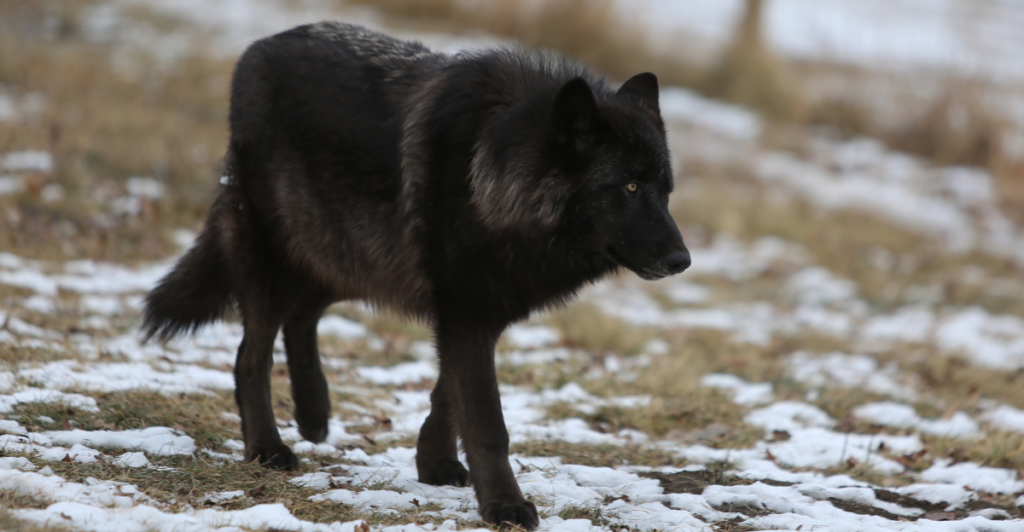
Native American tribes have often played pivotal roles in wolf conservation, blending cultural reverence with ecological stewardship. In 2012, the Ojibwe people in Minnesota opposed state-sanctioned wolf hunts, viewing the animal as a sacred relative. Their advocacy led to policy shifts that recognized tribal sovereignty in wildlife management, showcasing how indigenous perspectives can influence state and federal decisions.
A Howling Future: Policy Lessons and Prospects
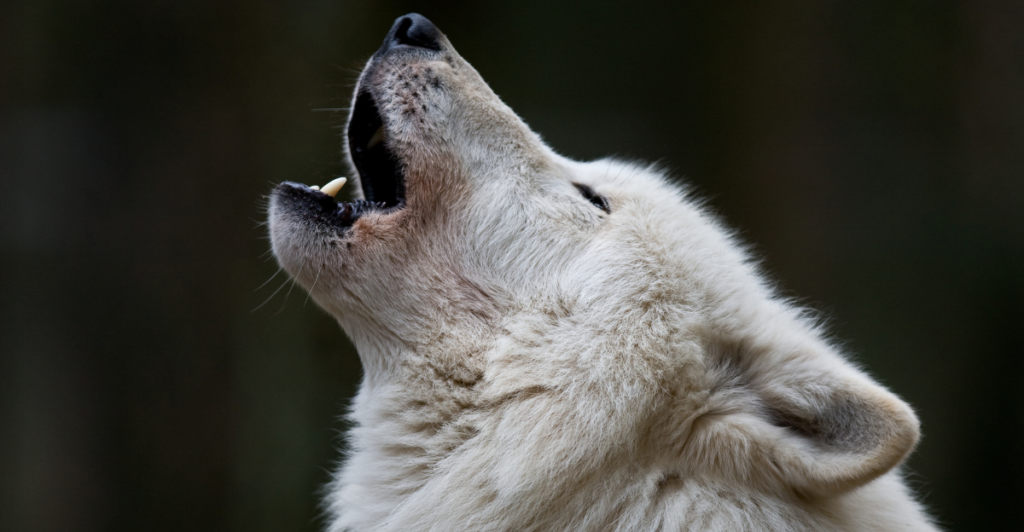
The history of wolves in American policy underscores a recurring theme: the clash of values between conservation, economic interests, and cultural identity. Each of the six cases highlights the wolf’s ability to polarize and unite, forcing policymakers to grapple with complex questions about coexistence and ecological responsibility.
Watching Wolves

As the U.S. continues to navigate wolf-related issues, emerging challenges like climate change and habitat loss will likely add new dimensions to the debate. Innovations in non-lethal management tools, public education, and cross-sector collaboration offer hope for reconciling these tensions.
Public Perception: From Villains to Victors

Public attitudes toward wolves have shifted dramatically over time, shaped by storytelling, science, and advocacy. Once depicted as bloodthirsty villains in folklore and media, wolves are now often seen as symbols of resilience and ecological integrity. This transformation in public perception has been a driving force behind many policy changes, demonstrating the power of cultural narratives in shaping governance.
Global Parallels: Wolves Beyond U.S. Borders

America’s wolf policies have also inspired international conservation efforts. From Canada to Europe, debates over wolf reintroduction and management reflect shared challenges and opportunities. These global parallels suggest that wolves serve as a universal symbol of the delicate balance between humans and nature.
Policy in Action: Balancing Act

The ongoing struggle to balance wolf conservation with human interests reveals broader lessons about policymaking in a divided society. Wolves have become a microcosm of environmental governance, highlighting the need for nuanced, inclusive approaches that address the concerns of diverse stakeholders.
Wolves as Agents of Change

Wolves have shaped American policy in profound and often unexpected ways, serving as catalysts for broader discussions about conservation, culture, and coexistence. As apex predators, they not only influence ecosystems but also challenge humanity to rethink its relationship with nature. The howling of wolves echoes through history, reminding us of the power of the wild to inspire, divide, and ultimately unite.
Stay connected with us for more stories like this! Follow us to get the latest updates or hit the Follow button at the top of this article, and let us know what you think by leaving your feedback below. We’d love to hear from you!







